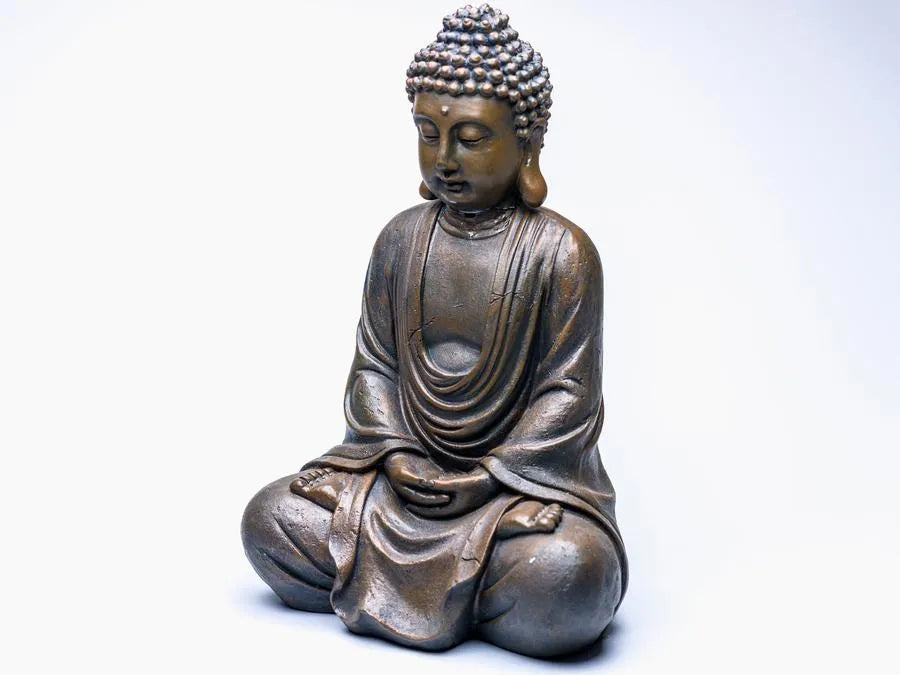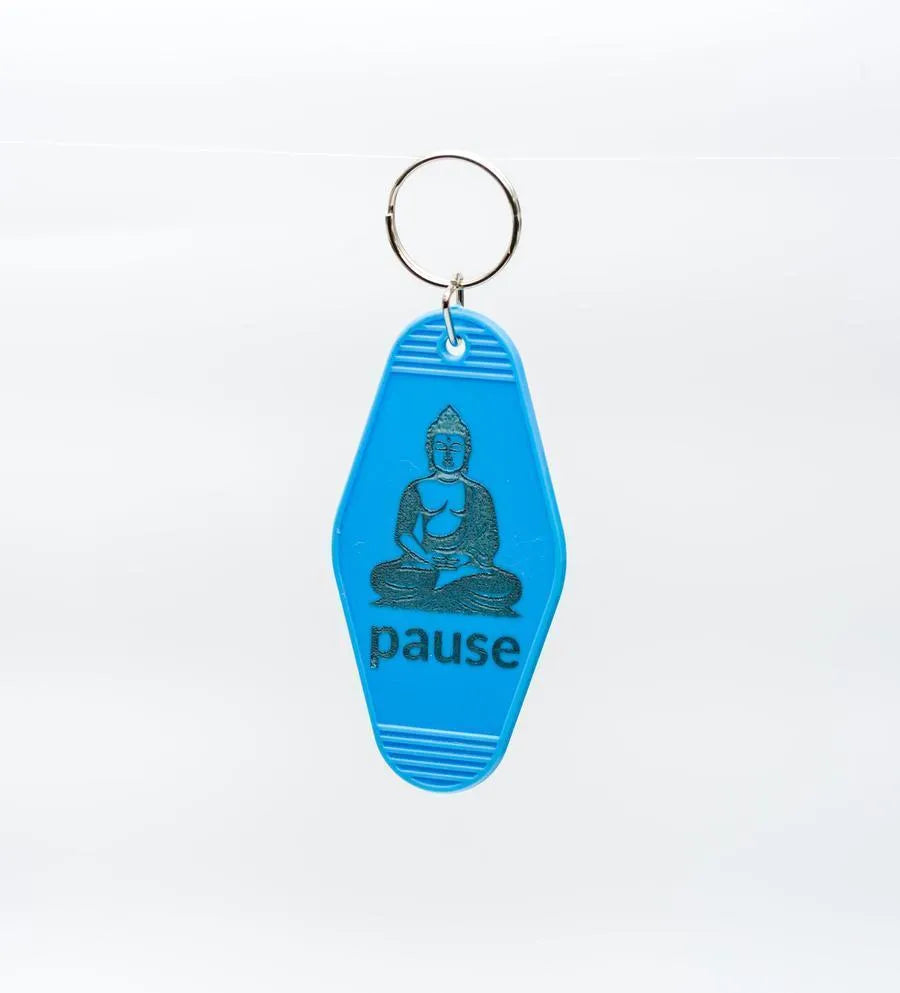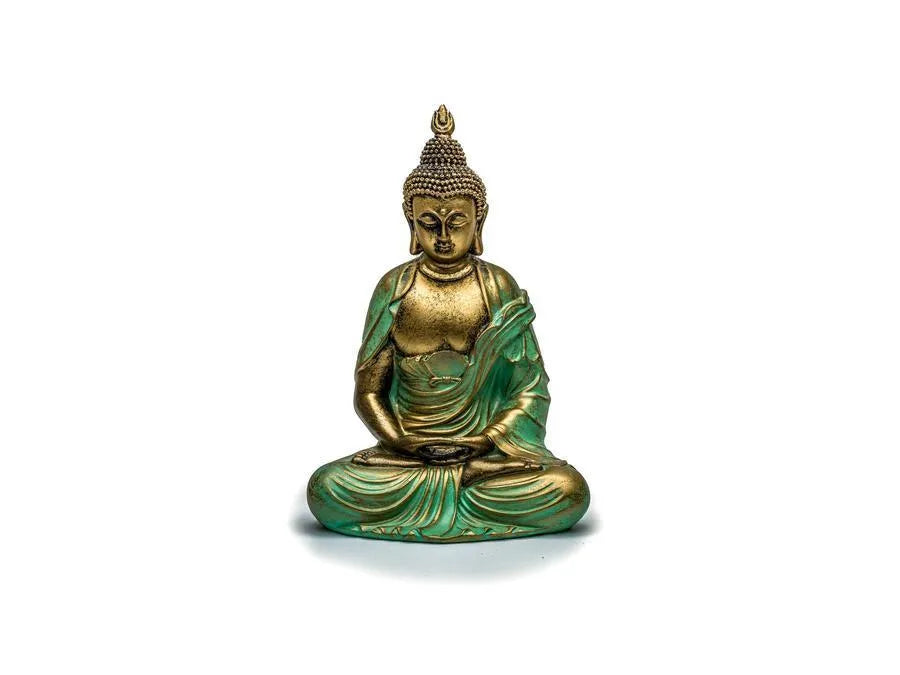Before diving into specific books, it's important to have a basic understanding of Buddhism. Originating in ancient India, Buddhism is a spiritual tradition that focuses on personal spiritual development and the attainment of a deep insight into the true nature of life. It encompasses a variety of beliefs, practices, and traditions, but at its core, it emphasizes the path to enlightenment through practices like meditation, mindfulness, and ethical living.
Buddhism began over 2,500 years ago with Siddhartha Gautama, who became known as the Buddha. His teachings spread from India to other parts of Asia, evolving into various schools and traditions. Understanding this historical context helps appreciate the diversity within Buddhism.
At the heart of Buddhism are the Four Noble Truths and the Eightfold Path. These teachings offer a framework for understanding suffering and the path to liberation. They emphasize the importance of ethical conduct, mental discipline, and wisdom.
Buddhism is not a monolithic tradition. It includes various practices such as meditation, chanting, and rituals. These practices can vary significantly across different cultures and schools, from the Theravada traditions in Southeast Asia to the Mahayana practices in East Asia.
Tibetan Buddhism, known for its colorful rituals and teachings, is one of the most well-known branches of Buddhism. It combines the core teachings of Buddhism with unique practices and beliefs specific to the Tibetan culture. Tibetan Buddhism places a strong emphasis on compassion and wisdom, and it often involves detailed rituals and meditation practices.
Tibetan Buddhism is renowned for its vibrant rituals, intricate art, and profound philosophical teachings. It integrates elements of Tantric Buddhism, which involves advanced meditation techniques and visualization practices. These practices are often guided by highly revered spiritual teachers known as Lamas.
The Dalai Lama is a central figure in Tibetan Buddhism, known globally for his teachings on compassion and peace. His leadership and writings provide deep insights into Tibetan Buddhist philosophy and its application in modern life. Followers often look to the Dalai Lama for spiritual guidance and inspiration.
- "The Tibetan Book of Living and Dying" by Sogyal RinpocheThis classic book offers an in-depth look at the teachings of Tibetan Buddhism, focusing on the concepts of life, death, and rebirth. Sogyal Rinpoche provides practical advice on how to live a more meaningful life while preparing for the inevitable transition of death. The book is also a meditation on the impermanence of life and the importance of spiritual practice.
- "Introduction to Tibetan Buddhism" by John PowersAs a comprehensive guide, this book covers the history, philosophy, and practices of Tibetan Buddhism. John Powers presents complex concepts in an accessible manner, making it an ideal starting point for beginners. The book delves into the nuances of Tibetan rituals, monastic life, and the significance of meditation practices.
Mindfulness is a fundamental aspect of Buddhist practice. It involves cultivating a heightened awareness of the present moment, leading to a deeper understanding of oneself and the world. Mindfulness practices can help reduce stress, improve emotional well-being, and foster a sense of inner peace.
Mindfulness involves paying attention to the present moment without judgment. It is often cultivated through meditation and can be applied to everyday activities. Practicing mindfulness allows individuals to connect more deeply with their experiences and emotions.
Mindfulness has been shown to offer numerous benefits, including reduced stress and anxiety, improved focus and concentration, and enhanced emotional resilience. By fostering a non-reactive awareness, mindfulness helps individuals navigate life's challenges with greater ease.
- "The Miracle of Mindfulness" by Thich Nhat Hanh Written by the renowned Vietnamese Zen master Thich Nhat Hanh, this book serves as an excellent introduction to mindfulness practice. Through simple exercises and anecdotes, readers are guided on how to incorporate mindfulness into their daily lives. The book emphasizes the transformative power of mindful living and offers practical strategies for cultivating presence.
- "Wherever You Go, There You Are" by Jon Kabat-ZinnJon Kabat-Zinn, a pioneer in bringing mindfulness to the West, provides practical insights into living mindfully. The book emphasizes the importance of being present and offers techniques to develop greater awareness. Kabat-Zinn's work underscores the accessibility of mindfulness practices and their relevance in contemporary life.
For those seeking a broader understanding of Buddhism, several books provide a comprehensive overview of its teachings, history, and practices. These books introduce key concepts and offer insights into how Buddhism can be integrated into daily life.
Buddhism offers profound philosophical insights that can enrich one's understanding of life and existence. Books that explore these ideas provide a foundation for engaging with Buddhist teachings at a deeper level. They often cover topics such as interdependence, impermanence, and the nature of self.
Understanding Buddhist teachings is only part of the journey; applying them in daily life is where true transformation occurs. Books that provide practical advice on integrating Buddhism into everyday activities can be invaluable. These works offer guidance on cultivating mindfulness, compassion, and ethical living.
- "Buddhism Plain and Simple" by Steve Hagen This straightforward book distills the essence of Buddhism, focusing on the core teachings of the Buddha. Steve Hagen presents Buddhism without the trappings of cultural or religious practices, making it accessible to anyone interested in the philosophy. The book invites readers to explore Buddhism's relevance in their own lives.
- "What the Buddha Taught" by Walpola Rahula A classic text in Buddhist studies, this book offers a clear and concise introduction to the teachings of the Buddha. Walpola Rahula, a respected monk and scholar, explains key concepts such as the Four Noble Truths and the Eightfold Path. The book is praised for its clarity and depth, making it an essential read for beginners.
- "The Heart of the Buddha's Teaching" by Thich Nhat Hanh In this enlightening book, Thich Nhat Hanh explores the fundamental teachings of Buddhism. He provides practical advice on how to apply these teachings to lead a more mindful and compassionate life. The book is a guide to living with greater awareness and understanding.
Meditation is a central practice in Buddhism, used to develop concentration, clarity, and emotional positivity. It is a means of transforming the mind and achieving a deeper state of awareness.
Meditation in Buddhism is not just a relaxation technique; it is a profound practice aimed at transforming the mind. It helps practitioners cultivate qualities such as concentration, tranquility, and insight. Through meditation, individuals can gain a deeper understanding of their own minds and the nature of reality.
Buddhism encompasses a variety of meditation practices, each with its own focus and techniques. These include mindfulness meditation, loving-kindness meditation, and concentration practices. Each type of meditation offers unique benefits and can be tailored to individual needs.
- "The Art of Living: Vipassana Meditation" by William HartBased on the teachings of S.N. Goenka, this book delves into the practice of Vipassana meditation, one of the oldest forms of meditation. It provides guidance on how to meditate effectively and explains the benefits of regular practice. Vipassana is known for its emphasis on observation and insight into the nature of the mind.
- "Mindfulness in Plain English" by Bhante Henepola GunaratanaA practical guide to meditation, this book offers straightforward instructions on developing mindfulness and concentration. Bhante Henepola Gunaratana, a revered Buddhist monk, provides insights into overcoming common obstacles in meditation. The book is an invaluable resource for both beginners and experienced practitioners.
Exploring Buddhism through reading can open doors to profound insights and personal growth. Whether you're interested in Tibetan Buddhism, mindfulness, or general Buddhist teachings, the books listed above offer valuable guidance for beginners. As you embark on this journey, remember that the path of Buddhism is not about acquiring knowledge alone, but about experiencing and integrating these teachings into your life for greater awareness and compassion.
The journey into Buddhism is a personal and transformative one. It encourages individuals to explore their own minds and cultivate qualities that lead to greater happiness and peace. By engaging with the teachings and practices of Buddhism, readers can embark on a path of self-discovery and growth.
Buddhism is a vast and rich tradition with much to offer. As beginners explore these foundational books, they are encouraged to continue their learning and deepen their practice. The journey is ongoing, with each new insight leading to further understanding and enlightenment.
Happy reading and may your journey into Buddhism be enlightening and transformative.



















































